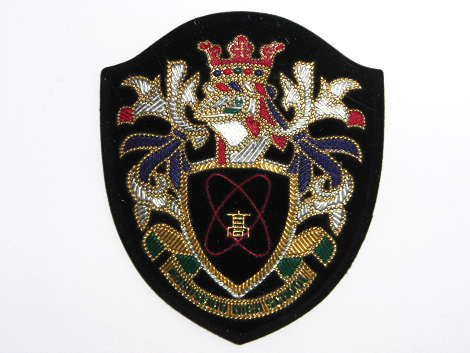In a landmark announcement yesterday, Nokia, Sony Ericsson, Motorola and NTT DoCoMo expressed their intent to unite Symbian OS, S60, UIQ and MOAP(S) to create one open mobile software platform. Together with AT&T, LG Electronics, Samsung Electronics, STMicroelectronics, Texas Instruments and Vodafone they plan to establish the Symbian Foundation to extend the appeal of this unified software platform. Membership of this non-profit Foundation will be open to all organizations. This initiative is supported by current shareholders and management of Symbian Limited, who have been actively involved in its development.
Nokia announced plans to acquire the remaining shares of Symbian Limited that Nokia does not already own and then contribute the Symbian and S60 software to the Foundation. Sony Ericsson and Motorola today announced their intention to contribute technology from UIQ and DOCOMO has also indicated its willingness to contribute its MOAP(S) assets. From these contributions, the Foundation will provide a unified platform with common UI framework. A full platform will be available for all Foundation members under a royalty-free license, from the Foundation’s first day of operations.


